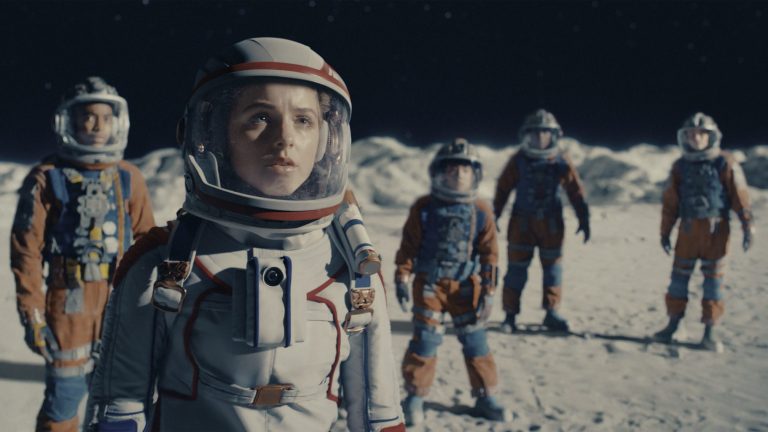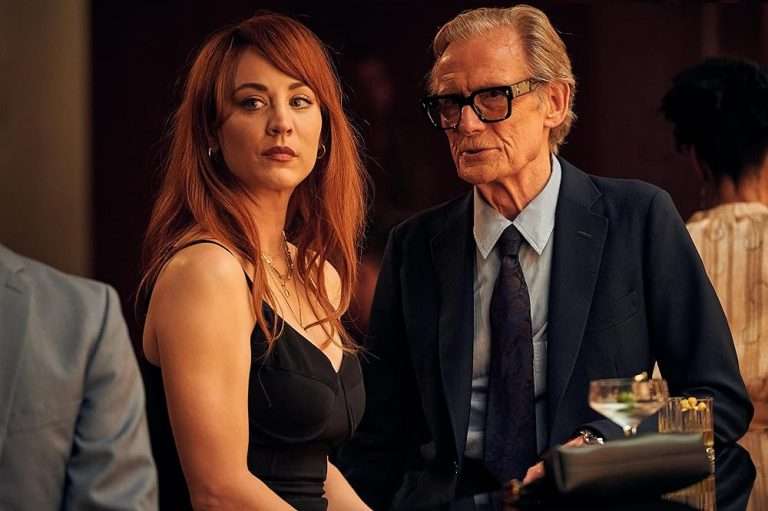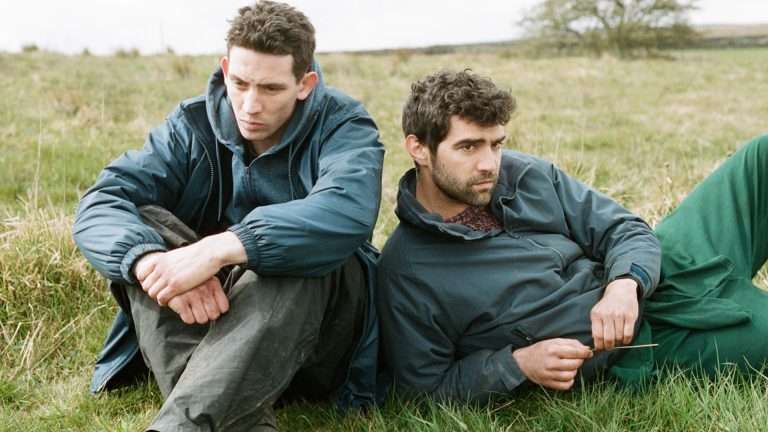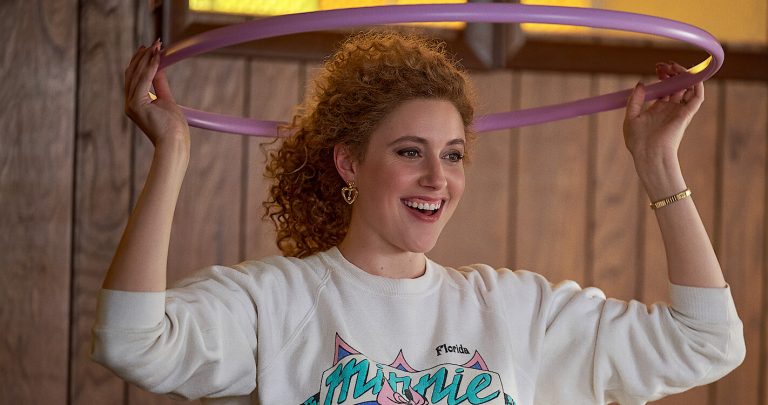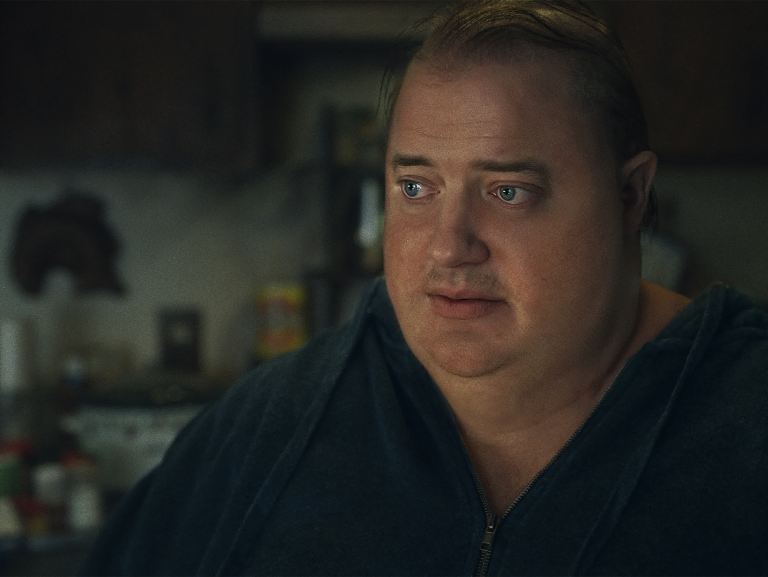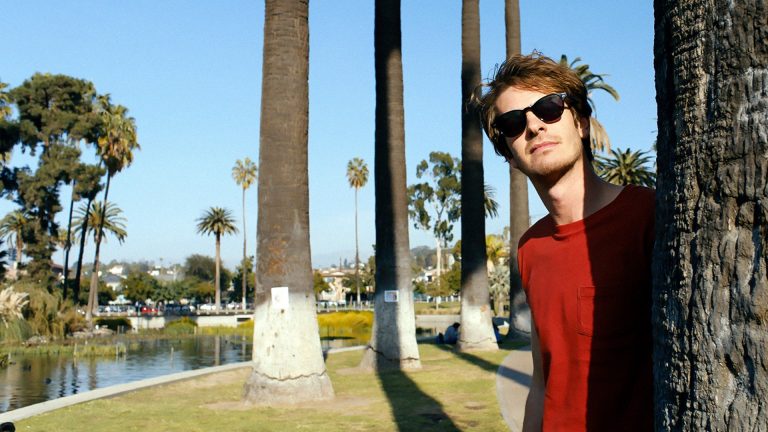When The Big Lebowski dropped in, in 1998, little did the cinemagoing public know at the time, the kind of meteoric surge in popularity that was lying in wait for ‘The Dude’ and company. Debuting in cinemas to a tepid response both at the box office and from film critics, The Big Lebowski seemed like an abject failure, especially when compared with the Coens’ sweltering success of Fargo in 1996. The writing seemed to be on the rug stained with urine for The Big Lebowski, but something magical and miraculous happened.
The VHS and DVD releases started opening many eyes. Before you knew it, a groundswell of abiding dudes would rally together to form a religion and an annual festival celebrating The Big Lebowski and The Dude. So why is The Big Lebowski such an astronomical cult success? Grab a White Russian and chill with some Creedence Clearwater Revival jams-here’s the skinny.
To unpack why The Big Lebowski is such a high-exalted film in cult cinema, it’s crucial to establish what this Coen Bros classic does to make the cinema-going public go gaga for it. A glaringly obvious observation is that the main character, ‘The Dude,’ looks like Jesus with his cool hippie sunglasses, his rosy beige bathrobe, the casual t-shirt and shorts he wears in the presence of his aristocratic counterpart-the other Jeffrey Lebowski, his cozy 70s Pendleton cardigan sweater, and his swanky slippers and sandals.
To make an iconic character, costume design is of the utmost importance, and The Dude’s wardrobe is one-of-a-kind and is the unmistakable epitome of coolness. The Dude’s dress sense translates to the audience in a way that suggests that he doesn’t care about other people’s problems, anger, and unrest. He just goes with the flow, relaxes, and mires himself in a pastiche of 60s-like zen. In a way, The Dude’s dress sense makes him a cult of personality. He’s everything his adoring spectators want to be – this is why his character and attire are so powerful and resonant.
Examining Jeff Bridge’s magnetically zoned-out performance gives The Big Lebowski a dense layer of chill. These easy-going-yet biblical vibes help it resonate on a monolithic level that transcends the fandom of any film in the 90s. The abundance of The Dude’s catchphrases, likewise, promotes his easy-going nonchalance, such as “yeah, well, that’s just, like, your opinion, man,” and “this aggression will not stand man,” both represent how The Dude seeks to casually retain his inner piece, while not wishing to rise to people taking their opinions seriously. The Dude’s ability to maintain a cool head is admirable. Though this is flipped on its head as the plot thickens, The Dude is still able to coast by when the other Jeffrey Lebowski isn’t threatening his relaxed disposition.
Seeing The Dude go from happy hippie to leveraged lackey is also a dimension within The Big Lebowski that gives it a greater depth for the audience to engage in discourse. Mr. Jeffrey Lewbowski, who is bound to a wheelchair, has worked hard all his life and has achieved many great things. Yet, he’s in isolation and forces The Dude into collecting a ransom and charging him with delivering money to his wife’s captors. This results in The Dude incurring a lot of stress and paranoia over his predicament, as he had allowed himself to do the bidding of an upper-class bourgeois man.
All he initially wanted from the man was compensation for a rug micturated on by one of Jackie Treehorn’s goons. It’s a simple case of mistaken identity, which blows up into a narrative of manipulation, intrigue, and calamity. In fact, this escalation is one of The Big Lebowski’s most alluring aspects, as you’re constantly on a journey through a rabbit hole with The Dude and waiting to see how things pan out for him.
The Dude’s best friend, the unhinged Walter Sobchak (John Goodman), is the dynamite that explodes in many of the dramatic scenes during The Big Lebowski. As a portly Vietnam veteran with a teeteringly short fuse and a seemingly orthodox Jew, he is a constant wildcard that forces you to pay attention, like when Walter screams, “HAS THE WHOLE WORLD GONE CRAZY, AM I THE ONLY ONE HERE WHO GIVES A S**T ABOUT THE RULES!!!” Walter’s incendiary traits aren’t only hugely significant to how the story pans out, but you learn to understand how his troubled, traumatic past has impacted him; be it his duties during the Vietnam war or the pain lingering from the separation from his wife, Cynthia.
Like The Dude, Walter has his share of timeless catchphrases which are far more aggressive and exclamatory than The Dude’s. Lines such as “THIS IS WHAT HAPPENS WHEN YOU F*** A STRANGER IN THE A**!!!” And “SHUT THE F*** UP, DONNY!!!” They are simultaneously very amusing and reflective of Walter’s short fuse.
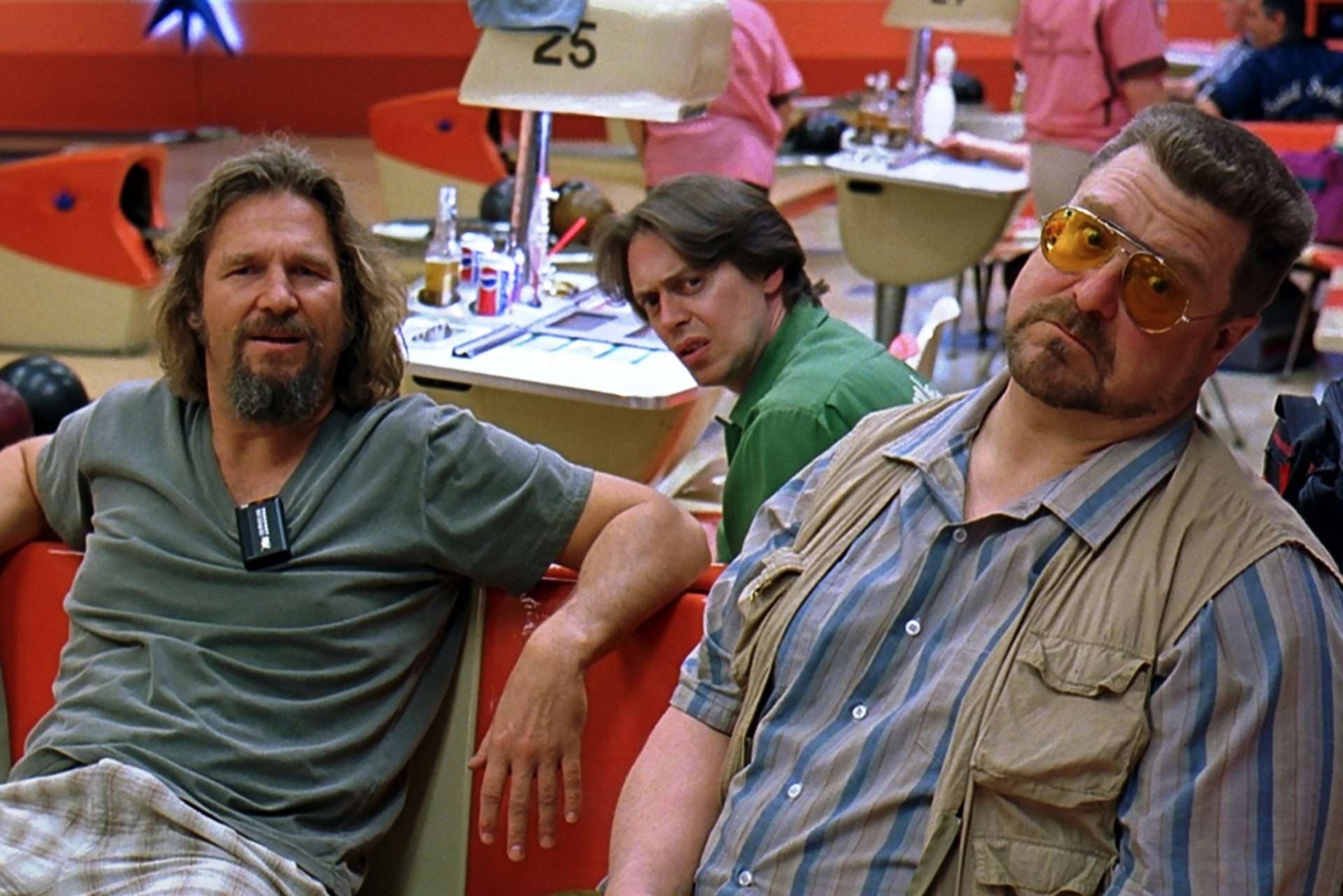
Walter is the yin to The Dude’s yang. When The Dude is relaxed and calm, Walter is flashing his piece in the bowling alley and shouting, “MARK IT ZERO!!!” Conversely, Walter is reassuring and composed when The Dude is stressed and worried. This duality of two highly different personalities is what keeps audiences invested, the unhinged tendencies of Walter compel them, but they love it when The Dude is mellow.
Another character audiences immediately gravitated towards is “The Jesus,” played by John Turturro, with his flamboyant personality and strange dancing. Turturro’s performance and Jesus’ unorthodox swagger make it very difficult to take your eyes away or your attention from him. His role as a minor character was perfectly placed, too, so we can witness a slice of characterful obscenity and weirdness that doesn’t barge into and sully the main story’s proceedings. We’re treated to a delicious cameo that not only gives us a new personality to gravitate towards but also witnesses Walter’s reaction to him, with a light history lesson pertaining to Jesus’ criminal past.
From a raw spectacle standpoint, The Big Lebowski is an irresistibly attractive film. From the classic western-theme tumbleweed rolling merrily along during the opening salvo to the majestic ways it seductively invites you into a surreal depiction of Los Angeles, the Big Lebowski’s distinctive visual identity gives it a genuinely old-school yet undeniably 90s aura.
The escapist fantasy dream sequences of The Big Lebowski, set to phenomenal song choices, are, without a doubt, some of the most spectacular scenes in the whole film. When The Dude is knocked unconscious, he’s transported to a surreal escape gliding above Los Angeles with a bowling ball as Bob Dylan’s ‘The Man In Me’ soothingly funnels him through the pristine night sky-we even bear witness to the innards of a bowling ball tumbling down the lane and crashing into pins.
Later on, The Dude dropped in to see what condition his condition was in, thanks to a Jackie Treehorn Production dubbed ‘Gutterballs,’ where he gazes up at 8 miles of towering bowling shoe wracks and is a lawn dart launching through a bowling alley, greeted by a column of damsels opening their legs in unison. The climax of this sequence induces panic when the three troublesome nihilists who hound The Dude for money turn up in red bodysuits chasing The Dude with scissors so that they can cut off his Johnson.
No other film uncannily paints the psyche of its protagonist like The Big Lebowski does through its dream sequences. The coolness of these scenes is bolstered by its soundtrack and unbridled otherworldly imagery. All of The Dude’s fears, hopes, swagger, inner peace, and turmoil are squeezed like a vibrant assortment of fruits in a blender-and they go down smoothly, even though there are conflict-laden pips you’ll need to be mindful as you indulge in the symphony of flavors inherent within The Dude’s subconscious.
The Big Lebowski is ultimately beloved because of the exaggerated personality that makes it big, as well as its eccentric assortment of influences and tones. The Dude is simply one of the coolest characters in film history. Moreover, Jeff Bridge’s performance allows the character to exude a colorful hippie aura that isn’t so much psychedelic as it is informative about the character. He morphs from an unconcerned hippie into an overly concerned rabbit-hole chaser. Walter, likewise, is a big, burly, and afflicted man whose outbursts are so outrageous they come across as both unmistakably sincere and utterly hilarious. Furthermore, the whimsy and creativity of the dream sequences, the chilled soundtrack, and the litany of references to genres from noirs to westerns coalesce in a film that captivates in a very distinctive way, drawing you in with its flamboyance, laid-back charms, and its off-the-cuff absurdity.
All told, The Big Lebowski bowls a string of strikes with audiences because everything about it is all-encompassing in the realm of ebullience and turbo-charged serenity.


